.jpg)
Back pain is a common condition that affects individuals of all ages. It can range from a dull, constant ache to a sudden, sharp pain and can occur in various regions of the back, such as the lower, middle, or upper spine. Causes of back pain include muscle or ligament strain, poor posture, herniated discs, arthritis, and injuries. In some cases, it results from lifestyle factors like prolonged sitting, lack of exercise, or lifting heavy objects improperly. While most back pain resolves within a few weeks with rest and over-the-counter pain relievers, chronic or severe cases may require medical evaluation, physical therapy, or surgical intervention. Preventive measures include maintaining a healthy weight, exercising regularly, and practicing proper posture during daily activities.
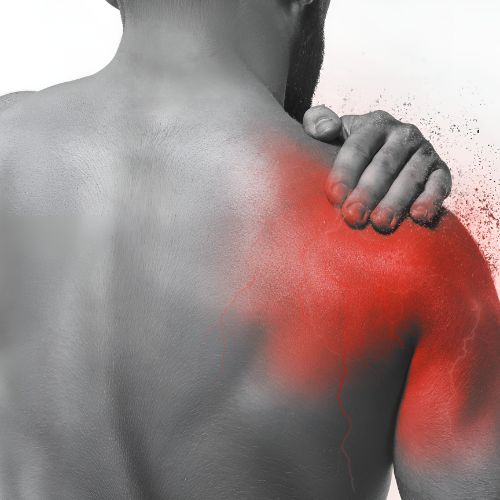
Frozen shoulder, or adhesive capsulitis, is a condition characterized by stiffness and pain in the shoulder joint, resulting from inflammation and thickening of the shoulder capsule. The condition often develops gradually and can significantly limit shoulder mobility, affecting daily activities. Symptoms typically include severe pain, particularly at night, and difficulty in moving the shoulder in various directions. Risk factors include diabetes, previous shoulder injuries, and prolonged immobilization. Treatment options encompass physical therapy, anti-inflammatory medications, and in some cases, corticosteroid injections to reduce inflammation.
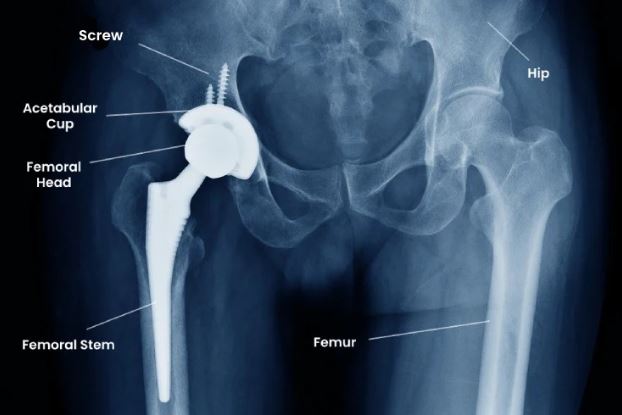
Total Hip Replacement (THR) is a surgical procedure performed to relieve pain and improve mobility in individuals with severe hip joint damage, often caused by arthritis, fractures, or other degenerative conditions. In this procedure, the damaged parts of the hip joint are replaced with artificial components made of metal, ceramic, or high-grade plastic. This helps restore smooth movement of the joint, reduce stiffness, and improve overall quality of life. THR is usually recommended when conservative treatments such as medications, physiotherapy, or lifestyle changes no longer provide relief. After surgery, a structured rehabilitation program, including physiotherapy, plays a crucial role in regaining strength, flexibility, and function of the hip. With proper care and exercise, most patients can return to daily activities, walk comfortably, and enjoy an active lifestyle free from persistent hip pain. s
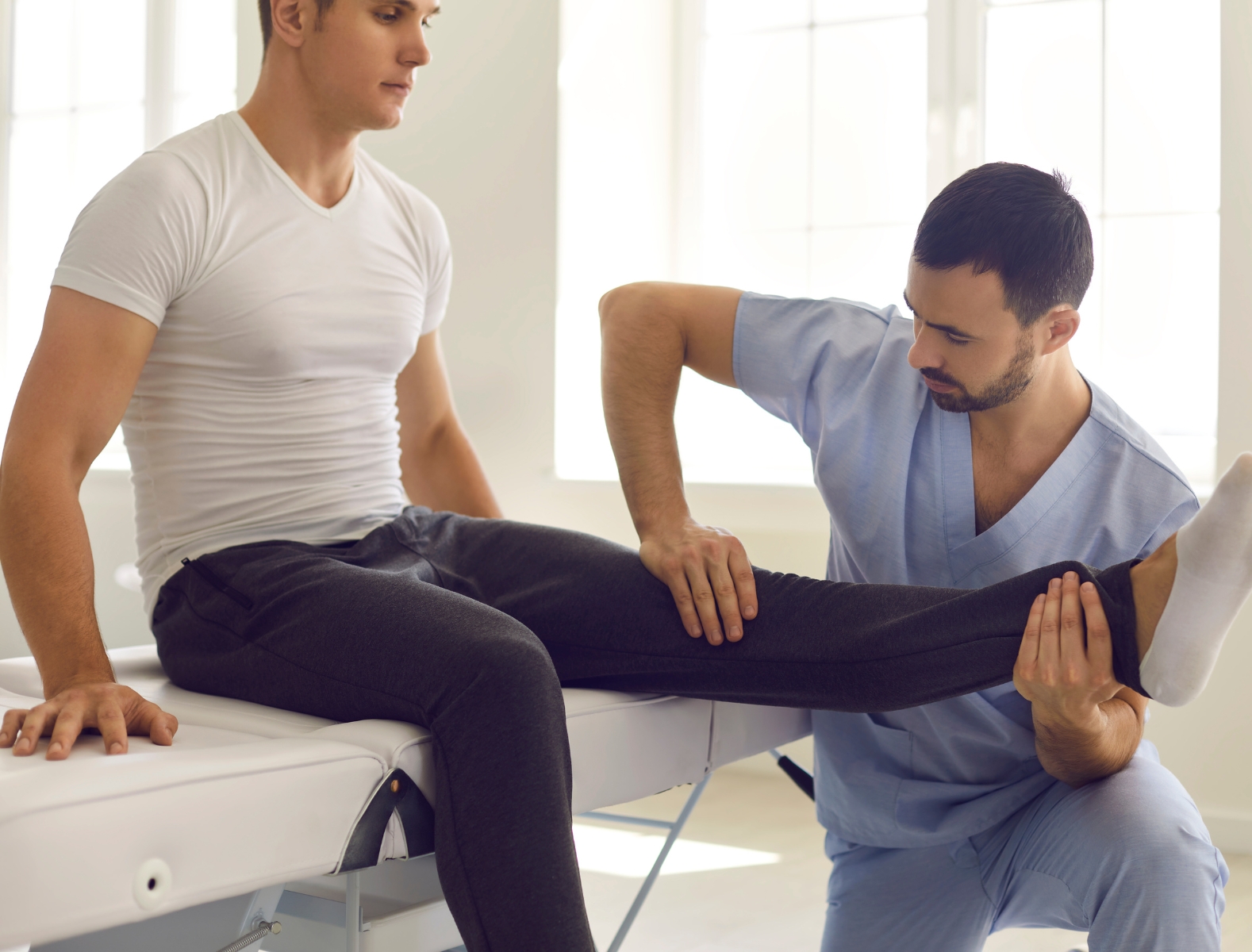
Post knee replacement rehabilitation is essential for restoring mobility, strength, and function after a knee replacement surgery. The focus is to reduce pain, improve joint movement, and regain the strength needed to walk and perform daily activities independently. At Universal Physiotherapy & Rehabilitation Center, we begin rehabilitation immediately after surgery with a focus on pain relief, swelling reduction, and gentle range-of-motion exercises. Techniques such as manual therapy, ultrasound therapy, and TENS are used to enhance recovery and reduce discomfort. As the healing progresses, we introduce strengthening exercises to target the quadriceps, hamstrings, and other muscles surrounding the knee. These exercises are vital to support the knee joint and improve overall stability. Functional training is incorporated to assist the patient in performing daily activities such as climbing stairs, walking, and standing.
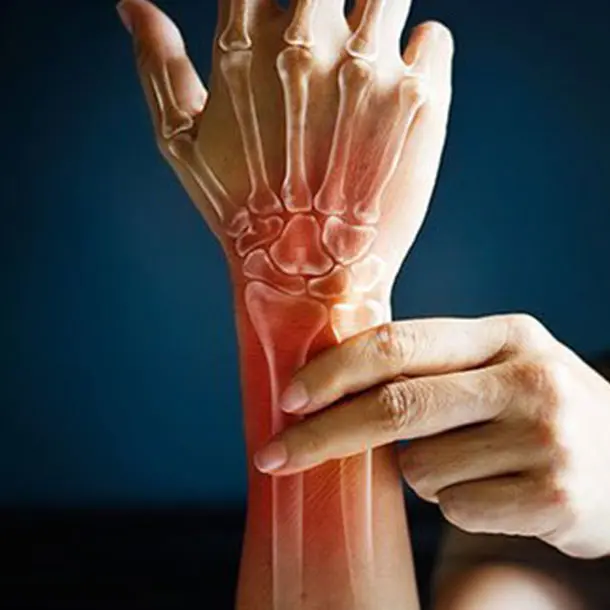
Effective treatmentPhysiotherapy for rheumatoid arthritis helps reduce joint pain, stiffness, and swelling, making daily activities easier and more comfortable. Through tailored exercises and gentle movement therapy, it improves flexibility, strength, and overall joint function. Regular physiotherapy also helps in maintaining posture, preventing joint deformities, and slowing the progression of disability. Most importantly, it enhances overall mobility and independence, allowing patients to stay active, manage symptoms effectively, and enjoy a better quality of life. Pain & Stiffness Relief Reduces joint discomfort and morning stiffness. Improved Hand Strength Restores grip and makes everyday tasks easier. Better Flexibility & Function Enhances wrist movement for smoother work and activity. Supports Daily Activities Enables comfortable use of the hand for writing, typing, and lifting.
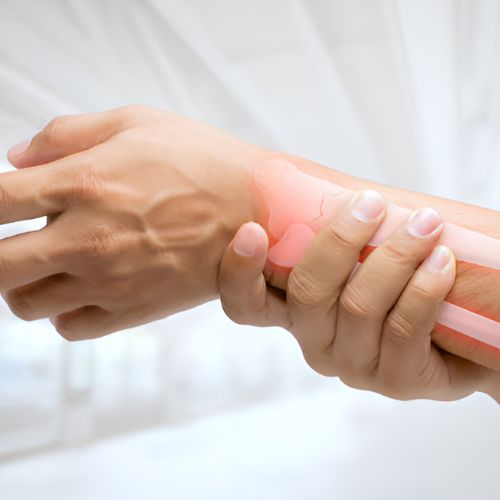
Fractures occur when a bone breaks or cracks, usually due to high-impact trauma, falls, or repetitive stress. They can range from minor hairline fractures to complete breaks that displace the bone. Fractures are classified into several types, including open (compound), where the bone pierces the skin, and closed (simple), where the break remains internal. Other types include comminuted (bone shatters into pieces), transverse (straight across the bone), and greenstick fractures (partial break, more common in children). Symptoms of a fracture include intense pain, swelling, bruising, and difficulty moving the affected area. Treatment often involves immobilization with a cast or splint, while severe fractures may require surgical intervention to realign and stabilize the bone using metal plates, screws, or rods.
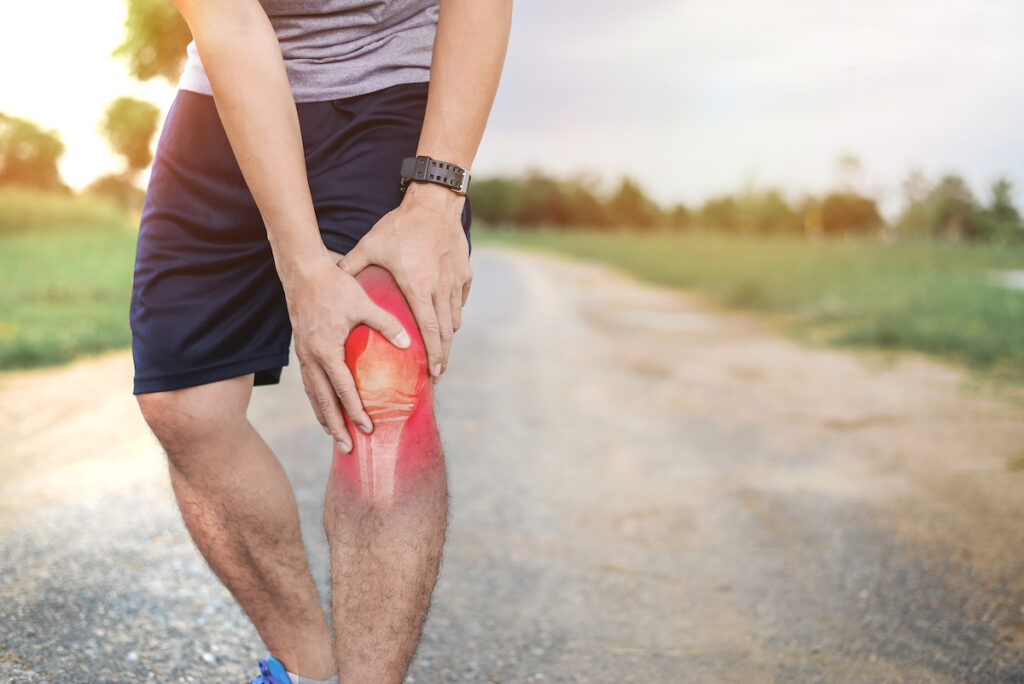
A strain is an injury to a muscle or tendon (the fibrous tissue that connects muscles to bones), typically caused by overstretching or tearing. Strain often occur in the lower back, hamstrings, or shoulders, and symptoms may include pain, swelling, muscle spasms, and limited movement. A sprain, on the other hand, is an injury to a ligament (the tissue that connects bones to one another), usually resulting from a sudden twist or fall. Sprains are common in the ankles, knees, and wrists, and symptoms may include pain, swelling, bruising, and joint instability. Both injuries require rest, ice, compression, and elevation (RICE) as initial treatments and, depending on severity, may require further medical intervention.
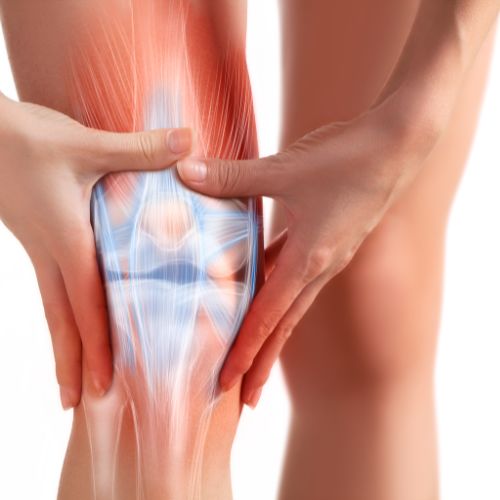
Ligament surgery, commonly performed for ligament injuries like an ACL tear, involves reconstructing or repairing damaged ligaments to restore joint stability. Ligaments are crucial connective tissues that support and stabilize joints, such as the knee, ankle, or shoulder. In most cases, ligament surgery is required when a ligament is torn or severely damaged due to trauma, sports injuries, or accidents. The procedure often involves grafting tissue—either from the patient’s own body (autograft) or from a donor (allograft)—to replace the damaged ligament. Post-surgery, patients typically undergo rehabilitation to regain strength, flexibility, and range of motion. The success of the surgery and recovery depends on factors such as the injury severity.
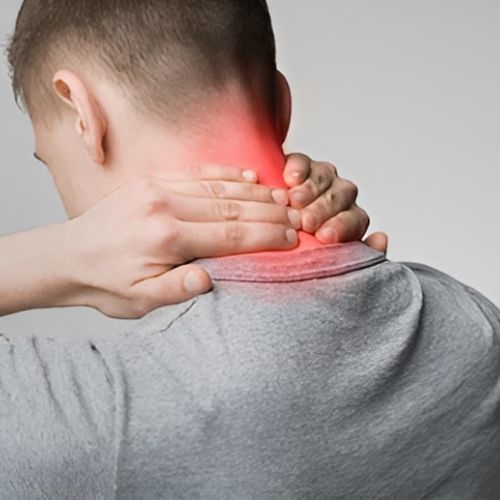
Cervical pain commonly known as neck pain, is a condition that affects the cervical spine, which includes the bones, discs, and muscles in the neck. It can result from poor posture, muscle strain, injuries such as whiplash, or degenerative diseases like osteoarthritis. Symptoms often include stiffness, sharp or aching pain, reduced range of motion, and sometimes headaches. In more severe cases, cervical pain can lead to numbness, tingling, or weakness in the arms and hands if nerve compression is involved. Treatment options range from physical therapy, pain relief medications, and lifestyle changes to address posture, to more advanced interventions such as injections or surgery for chronic or severe cases. Early diagnosis and management are crucial for recovery and preventing long-term discomfort.